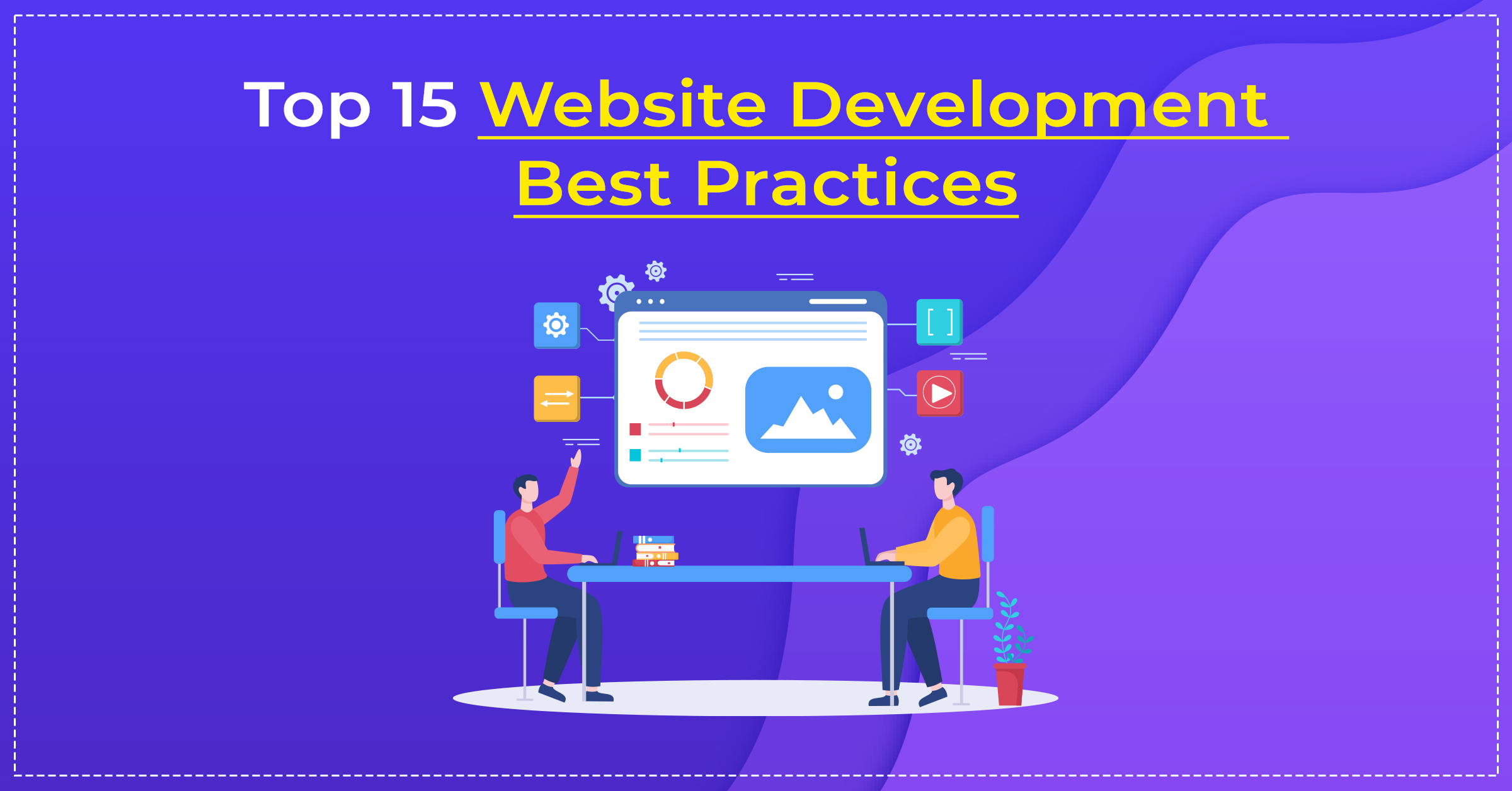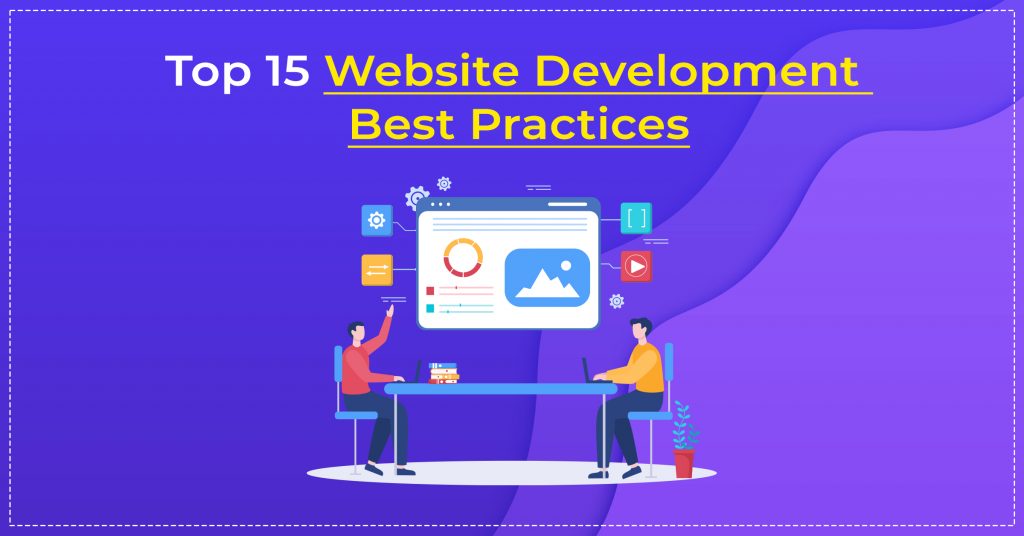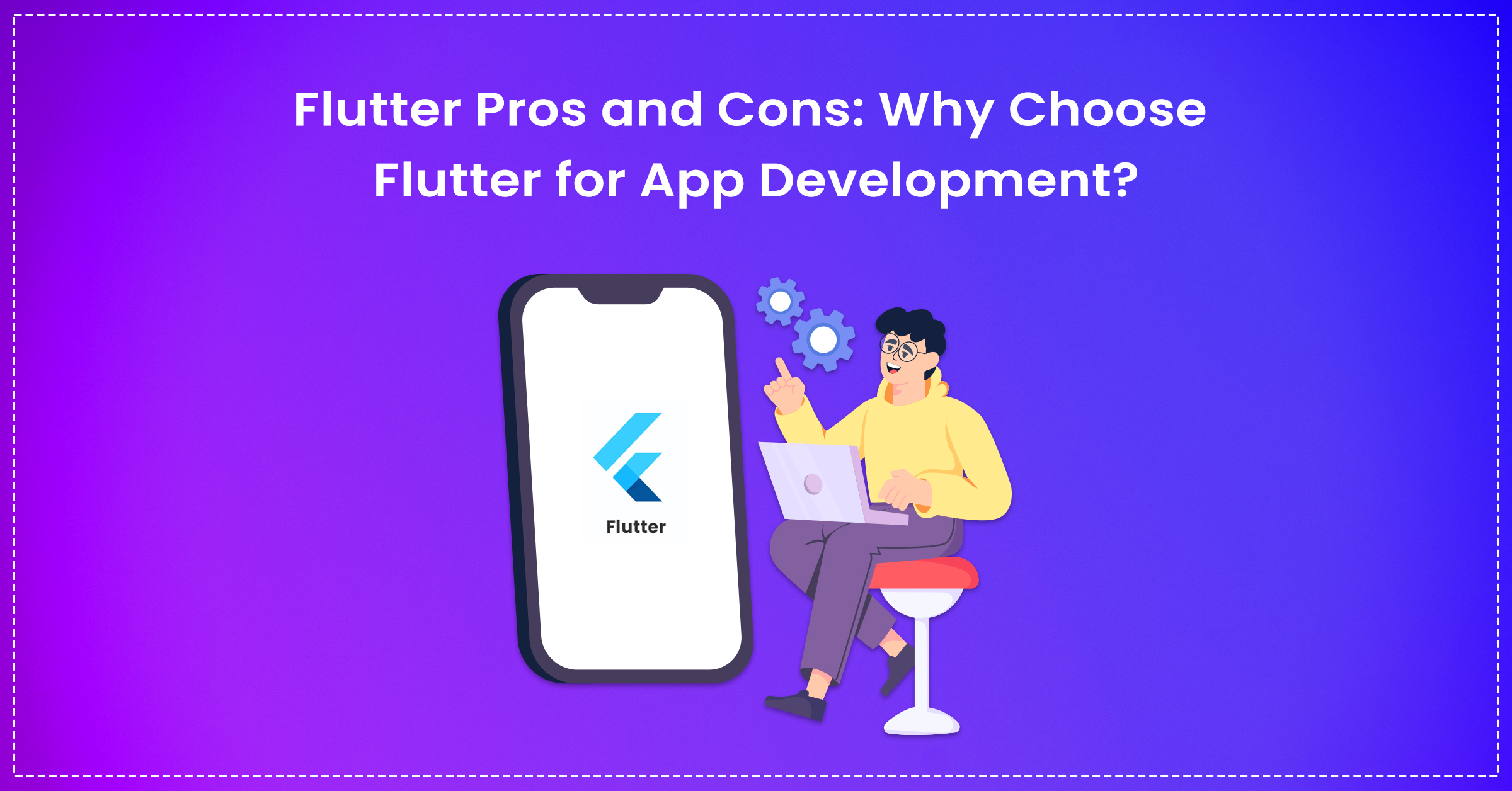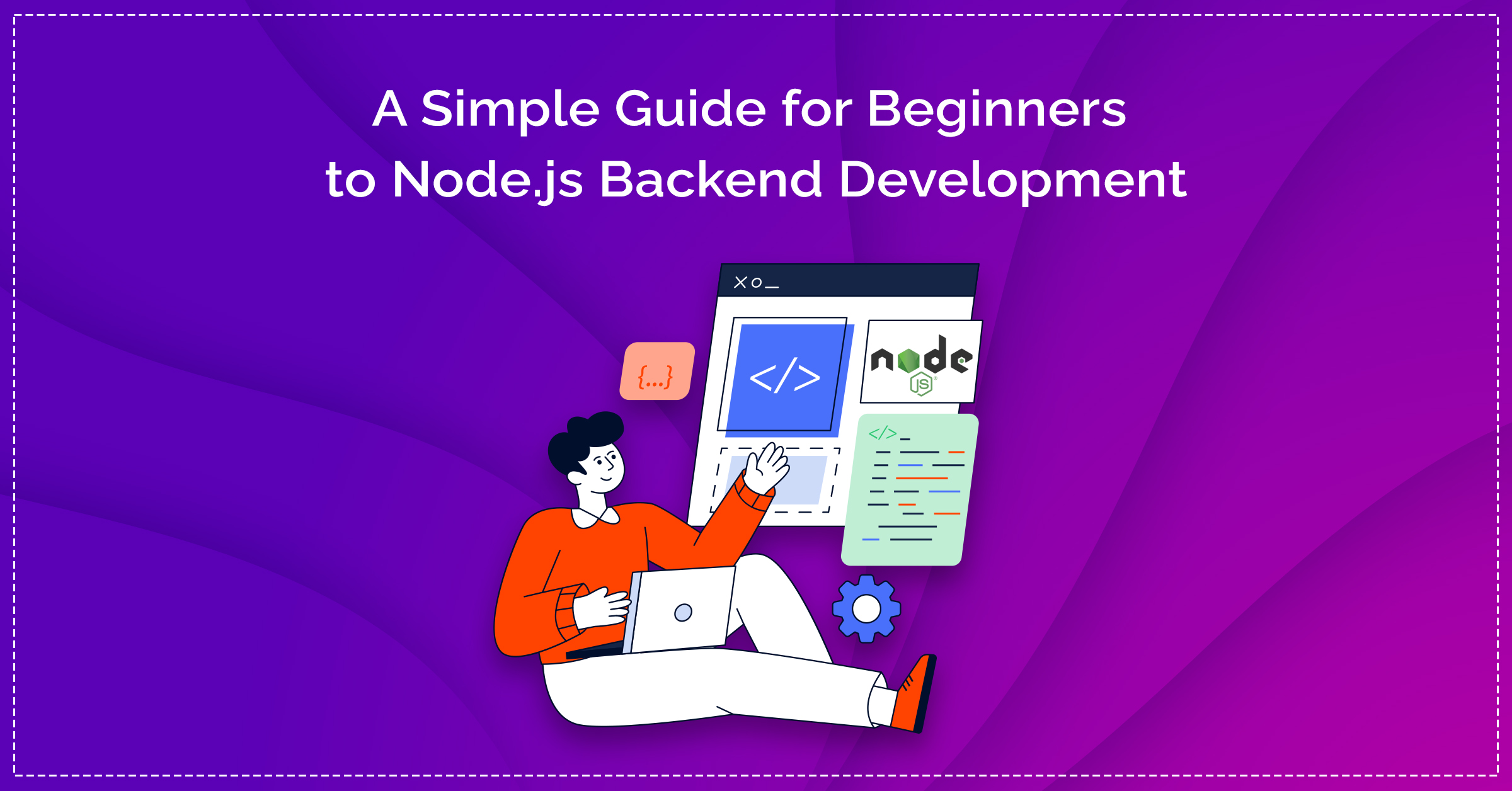Introduction
We live in a digital era of connectivity. Websites are like windows showcasing the products and services of any business. Whether small or big, any enterprise can utilize its website to expand and grow. With this comes website designing best practices into the picture.
Why do you need them anyway?
It’s because you want your website to meet the standards, run smoothly, grab viewers’ attention, and avoid hitting any roadblocks in the future. Also, you will be able to reach your intended goal in less time with a neat and sleek web application. Apart from these, technology changes very fast, so you need to adapt and keep pace with it.
Best website development practices are a balance of functionality, elegance, and user experience. These are widely accepted standards or techniques used and accepted by any industry or corporate. Of course, these standards change with time and requirements.
Here, we will list 15 trendy and best practices for you to bookmark.
Top 15 Website Development Best Practices
- Start with a plan
Creating an outline is crucial for web development. Identify your ultimate goals before beginning to write the codes. If you don’t plan, then the programmers may have to rewrite the codes. Planning may seem like a waste of time but it helps to minimize the errors and helps to keep on the right track.
- Consistency
Maintain consistency by keeping branding in mind. Font style and size, color, and imagery should be consistent and as per company branding.
- Design for the mobile first
Accessing the website via mobiles is on the rise. So, ensure that the website is responsive. You may lose your small screen users if your website doesn’t adapt well to the screen size. Not just the looks but the feel is also important. The functionality of the website should remain intact so that the users can seamlessly access your website. - Interactive elements vs minimalism
The use of minimalistic design has gained popularity in web design. Keeping your website clutter-free has become a trend. Using too many visual and auditory elements distracts the users. Plus, it also takes a longer time to load.Getting rid of unnecessary elements enhances the user experience and makes your website look sleek and elegant.If using fewer elements is good, then why use interactive elements? Well, the use of interactive elements brings user engagement. For instance, hover effects, and dynamic scrolling allow interaction of users with your ideas. So, use some interactive elements but not too many. - Accessibility
Design your website in such a way that anyone can access it. People of all kinds of abilities and disabilities will approach your web pages. So, while website development, select color contrast, keyboard navigation, and other aspects for the masses.
- Incorporate user testimonials
Including reviews and testimonials instill trust and reliability in the users. It can influence the users positively.
- User data security is a must
Ensure that the user data is secure. If not then the users will not trust the website and can harm your company’s reputation. It may lead to legal issues as well.
- Engaging content
Content plays a vital role in bringing and engaging your visitors. So, bring in high-quality content to achieve your goals.
- Faster Loading time
If your website takes too long to load, then many visitors will leave. Optimizing the speed of your website is critical for increasing traffic and SEO rankings.
- Follow standards
Use the web standards for different elements like images, text, videos, etc for your web design. If you ignore these standards then your website will take much longer to process these elements by the browser.
- Don’t ignore SEO practices
Follow SEO practices to improve your visibility and rankings. Start with the basic ones if you are unsure.
- Pick up the appropriate tech stack
Always pick the tech stack depending on your software size, complexity, and architecture. Your codebase should be long and complex.
- Focus on user navigation
Keep navigation user-centric. So, a layout that is intuitive and easy to navigate even if someone is visiting for the first time.
- Continuous Testing
Best practices evolve with time and need. So, keep making your website better based on feedback and reviews. For this, continuous testing, analysis, and feedback are vital.
- Use of smart codes
Design clever codes with specific goals during web development. Don’t forget to put comments about the codes for future reference.
Here is another blog you may like: 10 Most Common Website Designing Mistakes to Avoid
Conclusion
Websites not only help to mark your presence but also help you to make sales. If you don’t follow best web development practices, your website will become stagnant and less visited. So, adopt these practices to rank better and reach your goal faster. Also read – 10 Things to Consider While Developing a Website.
If you’re looking to build your website, we’re your one-stop solution. Benefit from our expertise with our website development services. Check out our service page for more details.







